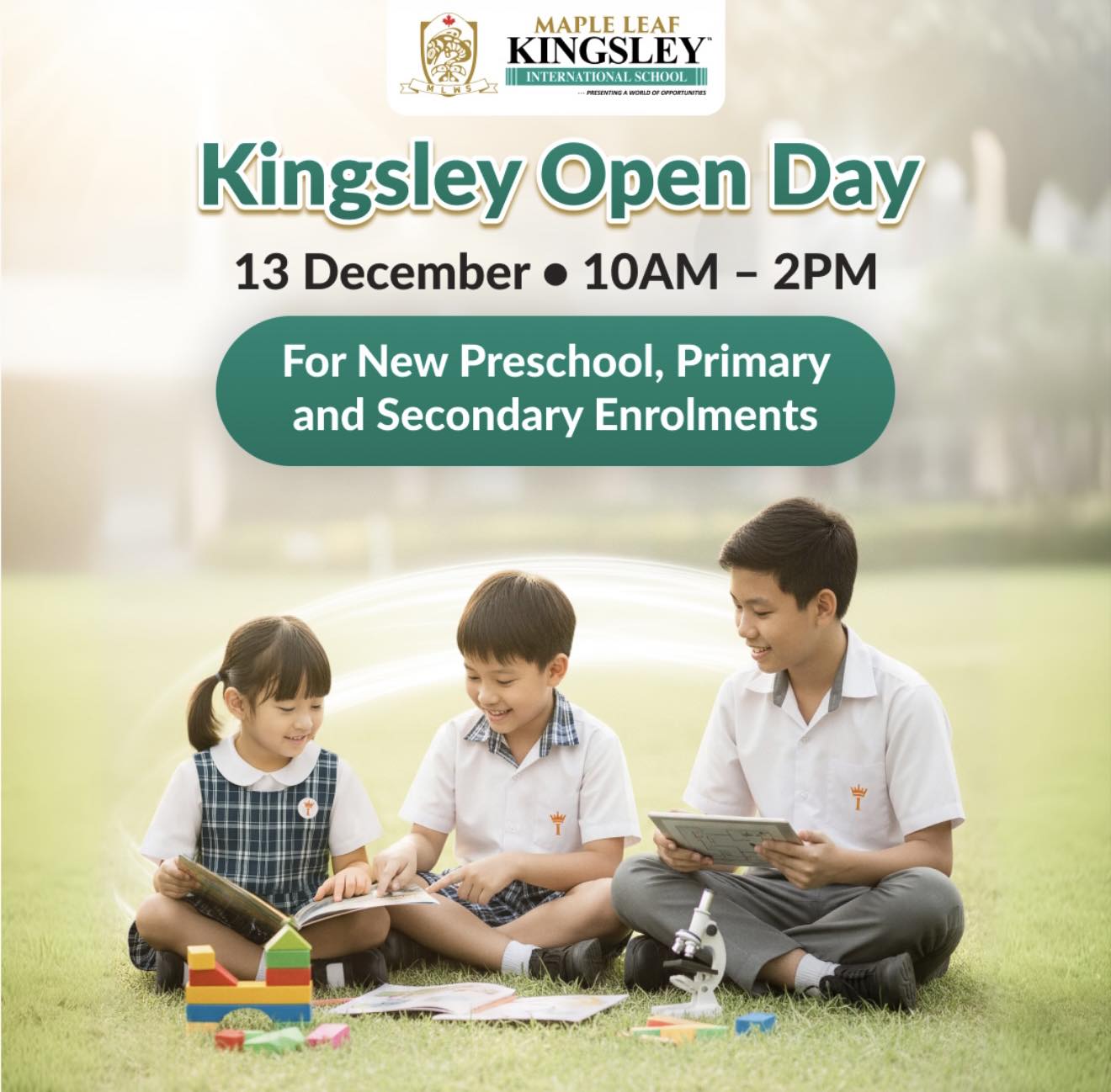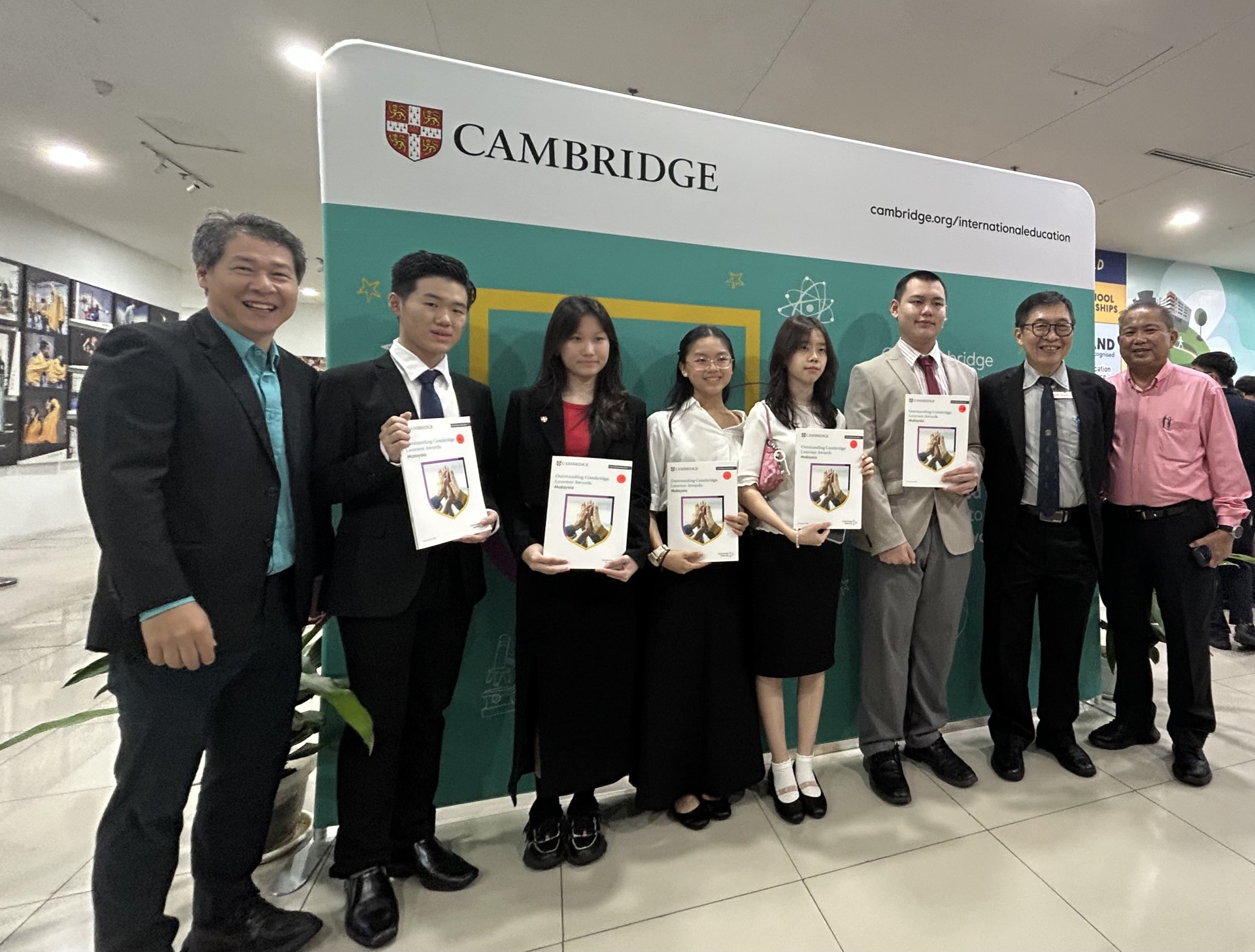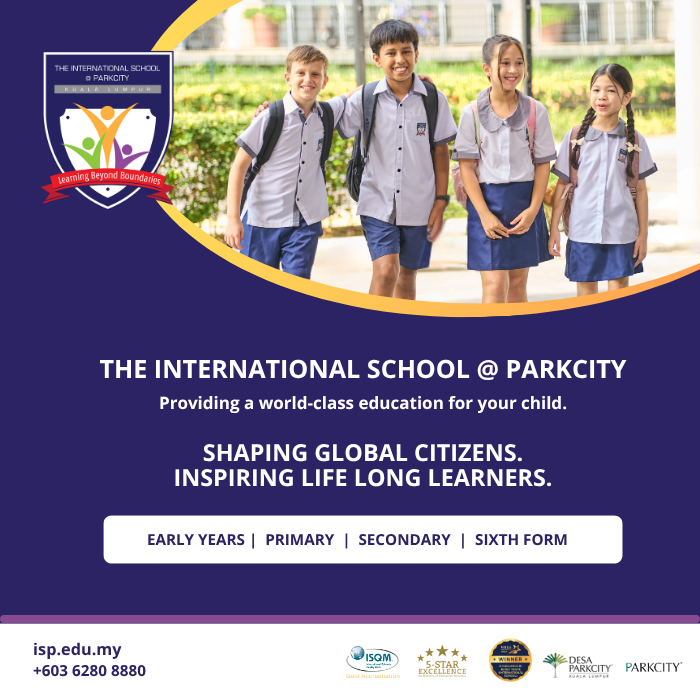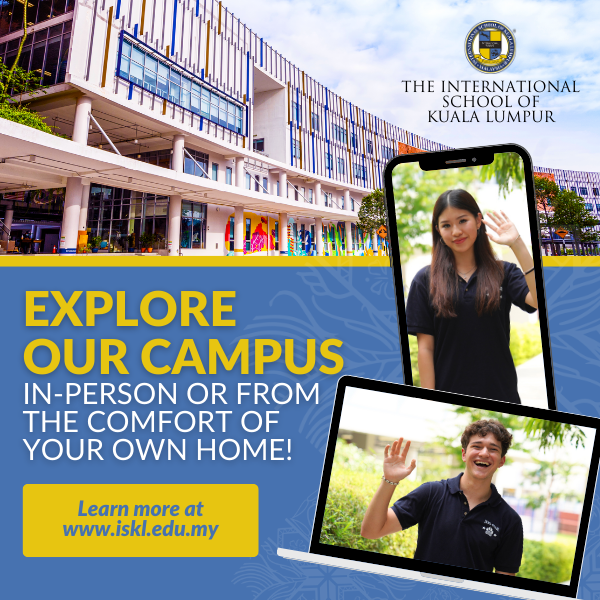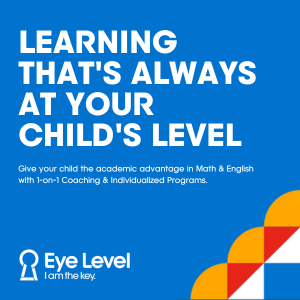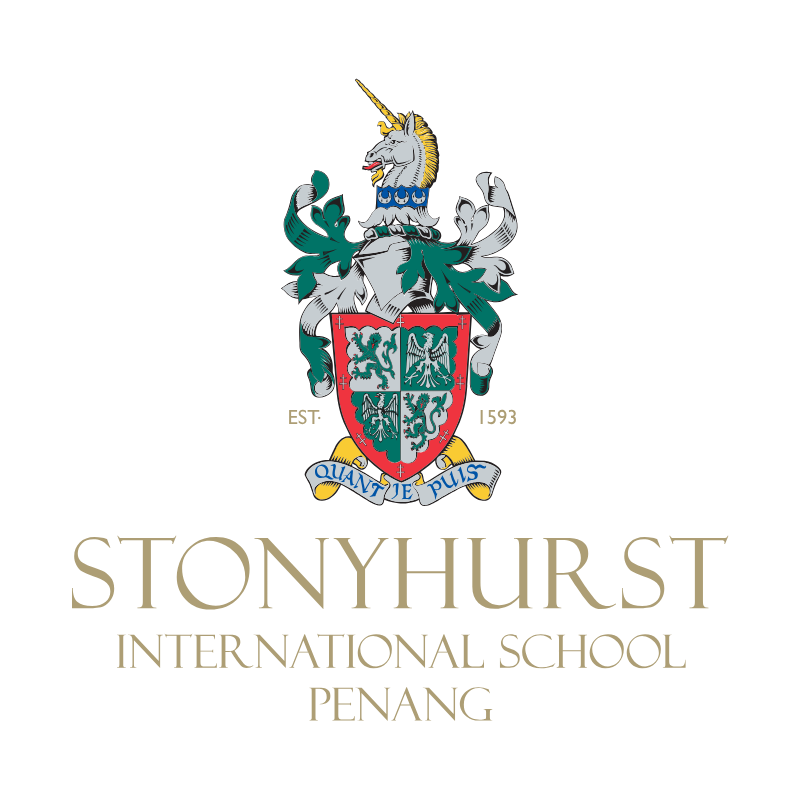Author: Dr Deborah Priest, Australian International School Malaysia (AISM) Principal
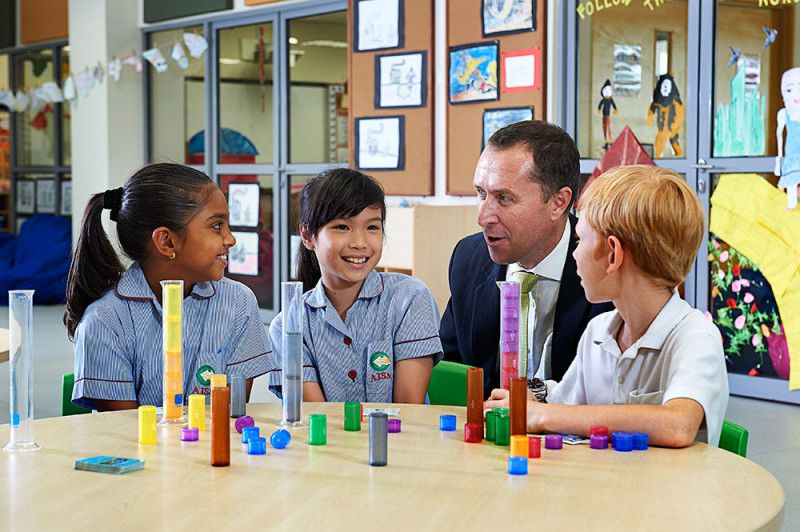
The Australian International School, Malaysia (AISM) offers students the rigorous and holistic Australian Curriculum with senior students completing the New South Wales Higher School Certificate (HSC). The curriculum is world renowned, with Australia rating as one of the highest performing countries in the Organization for Economic Co-operation and Development’s (OECD) Program for International Student Assessment (PISA). Australia performs well above the OECD average and is considered to provide a “high-quality, high-equity” curriculum.
The broad curriculum provides students with opportunities to explore their areas of interest and expertise, extend their knowledge and understanding, and excel in an internationally-recognized Senior Certificate. The HSC provides direct pathways to universities in Australia, seven of which are in the top 100 best universities in the world, as well as universities in New Zealand, the United Kingdom, the United States, Canada, India and Australian private universities for degree courses in Medicine, Pharmacy, Dentistry, Engineering, Architecture, Business Studies, Information Technology and many other areas of study.
ASSESSMENT
A significant difference between the HSC and other international Senior Curriculums is the recognition that students should be given opportunities to be assessed in a range of ways other than just by external examinations. Assessment for the HSC has two components; 50% of the overall grade comes from a final examination that is set and marked in Australia and the other 50% comes from school-based assignments, examinations and projects. This form of assessment provides every student with the opportunity to maximize their grades, thus opening up a greater range of international tertiary pathways.
A MODERN CURRICULUM FOR A MULTICULTURAL SOCIETY

According to a report commissioned by the Australian Mutual Provident Society (AMP) in 2010 entitled Income and Wealth Report Issue 27 - Calling Australia Home, Australia was tied with Switzerland as the second most multi-cultural nation in the world, behind Luxemburg. With a growing population made up of 25 percent skilled migrants, it was essential for Australia to develop a robust and rigorous curriculum that met the needs of a mobile and globally focused, multi-cultural community.
The Melbourne Declaration on Educational Goals for Young Australians (MCEETYA, 2008) provided the policy framework for the new Australian Curriculum with two important and underpinning goals:
Goal 1: Australian schooling promotes equity and excellence,
Goal 2: All young Australians become successful learners, confident and creative individuals and active and informed citizens.
Curriculum development commenced shortly thereafter with the following assumptions:
- that each student can learn and that the needs of every student are important
- that each student is entitled to knowledge, understanding and skills that provide a foundation for successful and lifelong learning
- high expectations should be set for each student as teachers account for the current level of learning of individual students and the different rates at which students develop
- that the needs and interests of students will vary, and that schools and teachers will plan from the curriculum in ways that respond to those needs and interests.
(The Shape of the Australian Curriculum Version 4, Australian Curriculum, Reporting and Assessment Authority (ACARA), 2012)
GENERAL CAPABILITIES AND CROSS-CURRICULUM PRIORITIES
The new curriculum – developed through a rigorous and consultative process, setting high standards for student achievement – has been designed to improve learning outcomes for a diverse population of students. The Australian Curriculum not only details content and achievement standards for a broad range of subjects, it also embeds in these subjects a range of learning experiences in seven general capabilities (see Diagram 1) and three cross-curriculum priorities that are identified as essential for effective functioning in a global context in the 21st century.
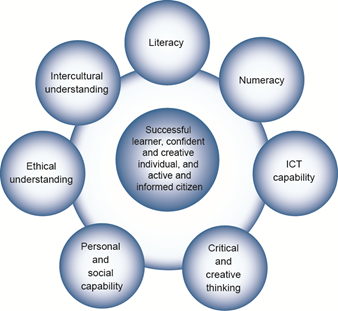
Diagram 1: General capabilities in the Australian Curriculum
Source: http://www.australiancurriculum.edu.au/generalcapabilities/overview/general-capabilities-in-the-australian-curriculum
It is the embedding of the General Capabilities and Cross-curriculum Priorities, and the facilitation within the curriculum for differentiation of teaching to individual students and cohorts of students that sets the Australian Curriculum apart from any other curriculum currently available across the world. This holistic curriculum has the flexibility to cater for the individual learning needs, strengths, interests and goals of students of all abilities. In addition, it has been specifically designed to prepare students to “manage their own wellbeing, relate well to others, make informed decisions about their lives, become citizens who behave with ethical integrity, relate to and communicate across cultures, work for the common good and act with responsibility at local, regional and global levels” (MCEETYA, 2008) (Melbourne Declaration).
PREPARING CHILDREN TO BE WELL-FUNCTIONING ADULTS
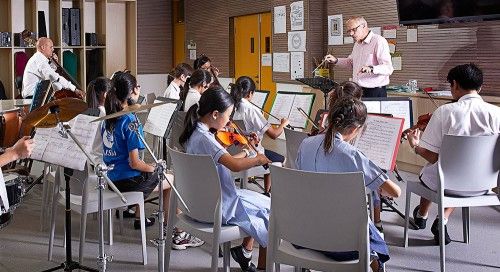
In essence, the Australian curriculum is as much about preparing each child to be a competent and well-functioning and communicating adult as it is about preparing them to take up their place in tertiary study or the workplace. That is, the learning experiences in each subject at each year level not only develop skills for higher learning, they also foster the development of life skills, behaviours and dispositions that will assist the students to navigate a complex and dynamic world. For example, the use of social and ethical etiquettes in the application of digital technologies is developed in the general capabilities of ICT and Ethical Understandings, and effective communication in social interactions is included in the Personal and Social Capability.
The emphasis on embedding the General Capabilities within the learning areas in no way diminishes the rigor of the overall curriculum. The increasingly specialized knowledge and skills developed progressively in each of the learning areas is well recognized as being an excellent foundation for the full range of tertiary pathways in highly respected Australian and international universities. Students graduating from the Australian International School in Malaysia (AISM) have taken up tertiary places in highly regarded international universities including St Andrews University and Edinburgh University as well as Melbourne University, Sydney University and the University of New South Wales in Australia.
A WELL-RESOURCED AND FLEXIBLE CURRICULUM

To support the delivery of the Australian Curriculum to students in urban, regional, remote, island and international settings, the administering organisation, the Australian Curriculum, Assessment and Reporting Authority (ACARA), has developed a range of web-based reference and online interactive resources to assist teachers in a range of contexts to successfully access and deliver the Australian Curriculum to students in Australia and overseas. The curriculum and its resources are available to domestic and international students and teachers regardless of the remoteness of their location, which makes it a particularly attractive option for international schools such as the AISM as it serves a large expatriate population in Malaysia.
The General Capabilities and the Cross-curriculum Priorities are fully mapped and cross-referenced in each of the learning areas within the curriculum. Curriculum information can be accessed in a variety of ways across a range of year levels or subjects or within a single year level. Elaborations or examples and ideas for teaching skills and concepts are available online as well as full teaching plans and resources for thousands of lessons through the ACARA virtual school called Scootle.
BUILDING RELATIONSHIPS WITH ASIAN NEIGHBORS
The Australian Curriculum has been developed to equip students “with the skills, knowledge and understanding that will enable them to engage effectively with and prosper in a globalised world. Students will gain personal and social benefits [and] be better equipped to make sense of the world in which they live…” (ACARA 2013). It was for this reason that special attention was paid to the embedding of the following three Cross-curriculum Priorities into the Australian Curriculum:
● Aboriginal and Torres Strait Islander histories and cultures,
● Asia and Australia’s engagement with Asia, and
● Sustainability.
Within each learning area opportunities for the development of cross-curriculum priorities are highlighted by icons. In addition, the hyperlinked elaborations, associated with the learning areas, provide examples of how a teacher may develop this area of learning with students. With Australia’s close economic, social and political links to its Asian neighbours, it is important for students to interpret their learning in the context of their region and to have a greater understanding of cultural diversity and social inclusion. Australia’s future prosperity and regional stability will increasingly be influenced by the success of relationships made between Australian and Asian companies. The Australian Curriculum seeks to provide students with the skills to continue to develop these strong links between Australia and its neighbouring countries.
THE AUSTRALIAN CURRICULUM – A CURRICULUM FOR THE FUTURE

The success of the Australian Curriculum comes from teachers being able to cater for individual students in a diverse student population who live in distinctive and diverse locations. This is achieved through the flexibility built into the well-resourced, online curriculum through the interlinked dimensions of learning areas, general capabilities and cross-curriculum priorities. This flexibility allows students of all abilities, including those with special needs and gifts, to experience rigorous, robust and relevant learning opportunities that will allow each of them to be challenged, engaged and well-prepared for adult life in a dynamic world.
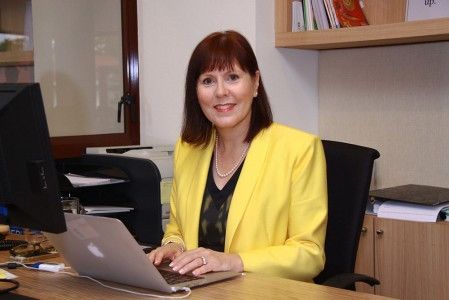
Dr Deborah Priest, Australian International School Malaysia (AISM) Principal
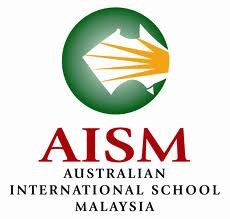
You may also be interested to read:















![[St. Joseph’s Institution International School Malaysia] The Lasallian Education Ethos for a Better Future - Gratitude and Giving](https://mint-edm.sgp1.digitaloceanspaces.com/production/PPIxso2IiVm1U64SEHCuXjI03yE7Rg.jpeg)
